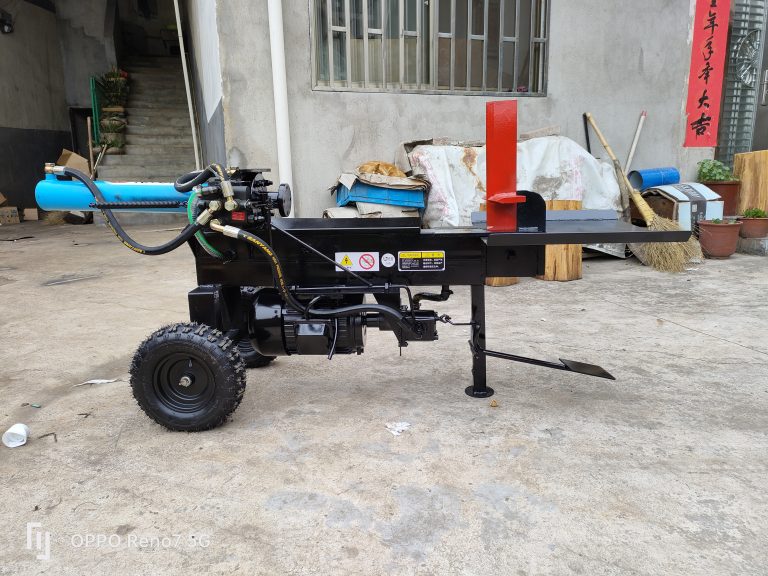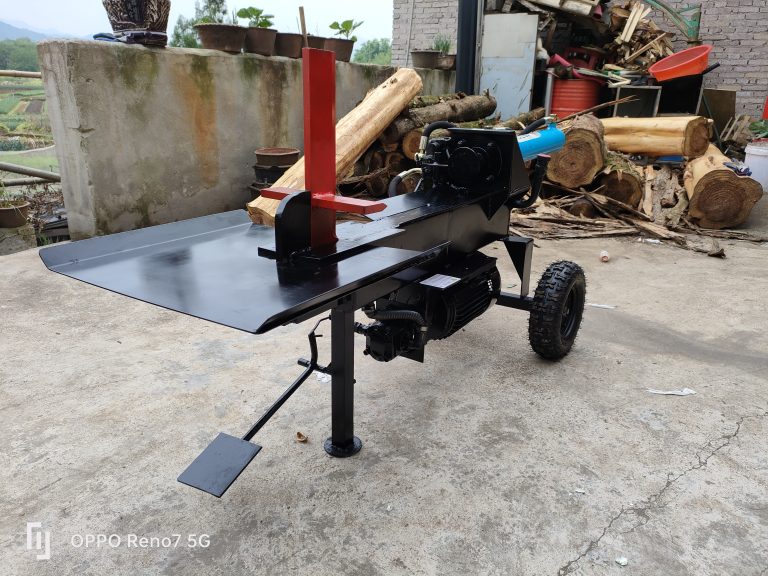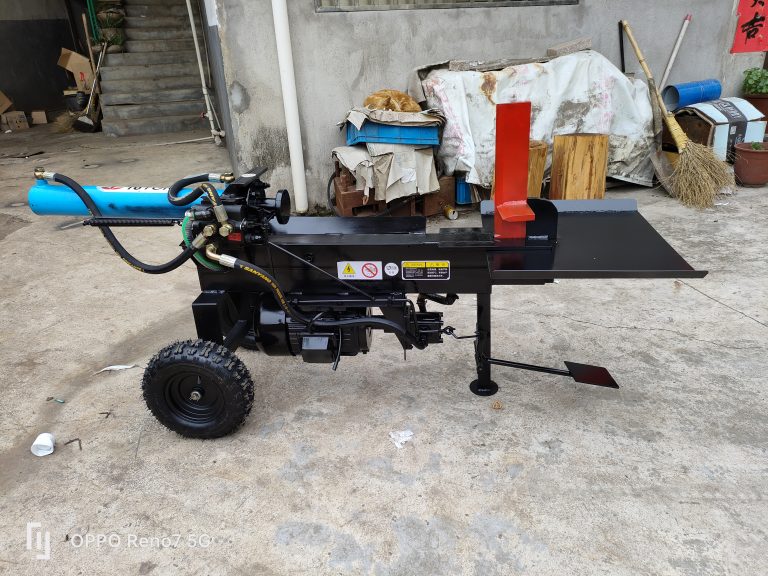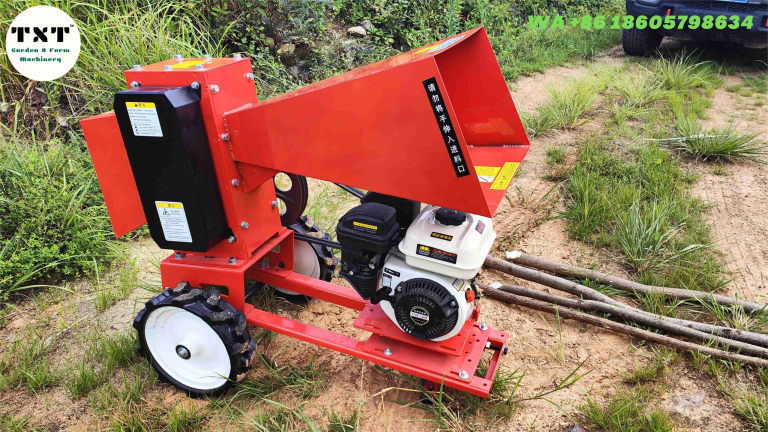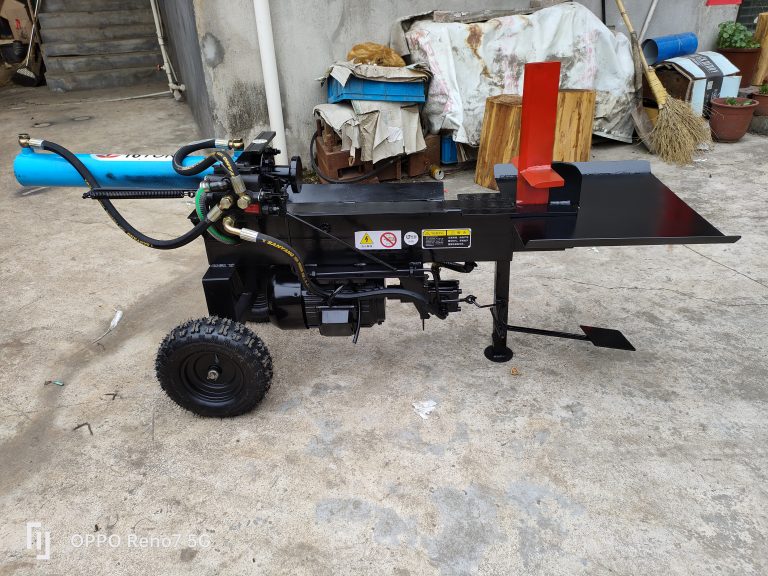Table of Contents
Top 5 Features to Consider When Choosing a Wood Splitter
When it comes to choosing a wood splitter, there are several key features to consider in order to ensure that you are getting the right tool for the job. Whether you are a seasoned professional or a weekend warrior, selecting the right wood splitter can make all the difference in how efficiently and effectively you are able to split wood for your various projects. In this article, we will discuss the top 5 features to consider when choosing a wood splitter.
First and foremost, one of the most important features to consider when selecting a wood splitter is the type of power source it uses. Wood splitters can be powered by electricity, gas, or hydraulic systems. Each type of power source has its own advantages and disadvantages, so it is important to consider which one will best suit your needs. Electric wood splitters are typically quieter and more environmentally friendly, but may not have as much power as gas or hydraulic models. Gas-powered wood splitters are more powerful and portable, but can be noisy and emit fumes. Hydraulic wood splitters are the most powerful and efficient, but can be more expensive and require more maintenance.
Another important feature to consider when choosing a wood splitter is the splitting force. The splitting force of a wood splitter is measured in tons and indicates how much pressure the machine can exert to split wood. The higher the splitting force, the easier it will be to split larger and tougher pieces of wood. It is important to consider the types of wood you will be splitting and choose a wood splitter with an appropriate splitting force for your needs.
In addition to power source and splitting force, it is also important to consider the size and portability of the wood splitter. If you will be moving the wood splitter frequently or need to transport it to different locations, a smaller and more portable model may be more suitable. On the other hand, if you will be splitting large quantities of wood in one location, a larger and more stationary model may be a better option. Consider the size and weight of the wood splitter to ensure that it will be easy to maneuver and store when not in use.
Another important feature to consider when choosing a wood splitter is the cycle time. The cycle time of a wood splitter refers to how quickly the machine can split a piece of wood and return to its starting position. A shorter cycle time means that you will be able to split wood more quickly and efficiently, which can save you time and energy. Consider the cycle time of a wood splitter when making your decision to ensure that it will be able to keep up with your workload.
| Applicable Industries | Farms, Home Use, Retail, Construction works , Forestry and Garden |
| Type | Wood splitter |
| Power Type | Gasoline/Petrol/Diesel/E-power |
| Splitting Force | 2tons/5tons/10tons/16tons/22tons |
| Maximumn trunk length: | 60cm |
| Maximmn trunk Dia: | 35-55cm |
| Max. Output: | 7.5HP/15HP |
Finally, it is important to consider the safety features of a wood splitter when making your selection. Wood splitters can be dangerous machines if not used properly, so it is important to choose a model that has safety features such as a two-handed operation, automatic shutoff, and safety guards. These features can help prevent accidents and injuries while using the wood splitter, making it a safer and more reliable tool for splitting wood.
In conclusion, when choosing a wood splitter, it is important to consider the type of power source, splitting force, size and portability, cycle time, and safety features of the machine. By carefully evaluating these features and selecting a wood splitter that meets your specific needs, you can ensure that you have the right tool for the job and make your wood splitting tasks easier and more efficient.
Gas-Powered vs. Electric Wood Splitters: Which is Right for You?
When it comes to splitting wood for your fireplace or wood stove, having the right tool can make all the difference. Wood splitters come in a variety of types, but two of the most common options are gas-powered and electric wood splitters. Each type has its own set of advantages and disadvantages, so it’s important to consider your specific needs before making a decision.
Gas-powered wood splitters are typically more powerful than their electric counterparts, making them ideal for splitting larger logs or tough, knotty wood. They are also more portable, as they do not require a power source, allowing you to take them wherever you need to split wood. However, gas-powered wood splitters can be noisy and emit fumes, which may not be ideal for indoor use or in areas with strict noise regulations.
On the other hand, electric wood splitters are quieter and produce no emissions, making them a more environmentally friendly option. They are also easier to maintain, as they do not require regular oil changes or fuel refills. Electric wood splitters are typically less powerful than gas-powered models, so they may not be suitable for splitting larger logs or hardwoods. Additionally, electric wood splitters require access to a power source, which may limit their portability.
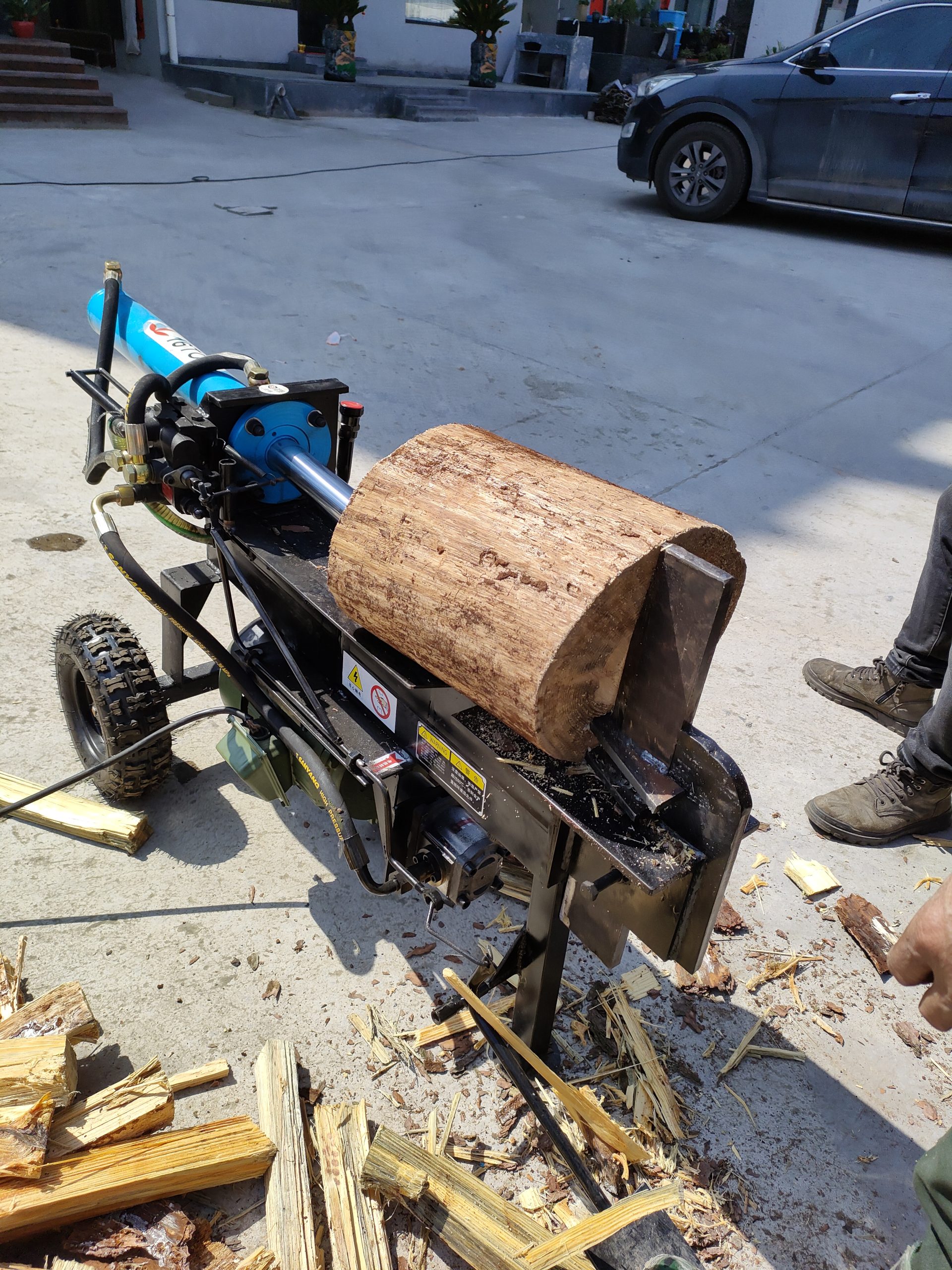
When deciding between a gas-powered and electric wood splitter, it’s important to consider the size and type of wood you will be splitting, as well as where you will be using the splitter. If you plan on splitting large logs or tough wood, a gas-powered splitter may be the better option. However, if you are concerned about noise or emissions, an electric splitter may be more suitable.
Another factor to consider when choosing a wood splitter is the cost. Gas-powered wood splitters are typically more expensive than electric models, both in terms of upfront cost and ongoing maintenance. Electric wood splitters are generally more affordable and require less maintenance, making them a more cost-effective option in the long run.
Ultimately, the decision between a gas-powered and electric wood splitter will depend on your specific needs and preferences. If you prioritize power and portability, a gas-powered splitter may be the best choice for you. However, if you are concerned about noise, emissions, or cost, an electric splitter may be the better option.
Regardless of which type of wood splitter you choose, it’s important to follow all safety precautions when using the tool. Always wear appropriate safety gear, such as gloves and safety glasses, and never operate a wood splitter without reading the manufacturer’s instructions. By choosing the right wood splitter for your needs and using it safely, you can make splitting wood a quick and easy task.

